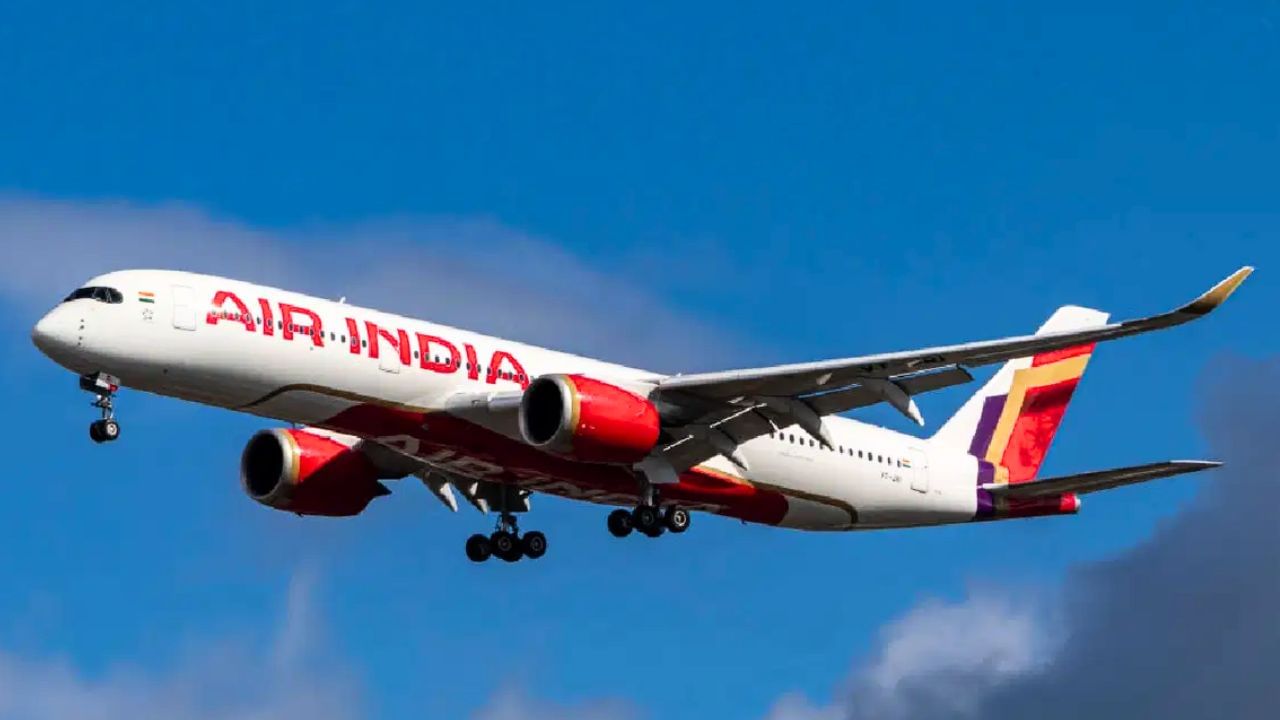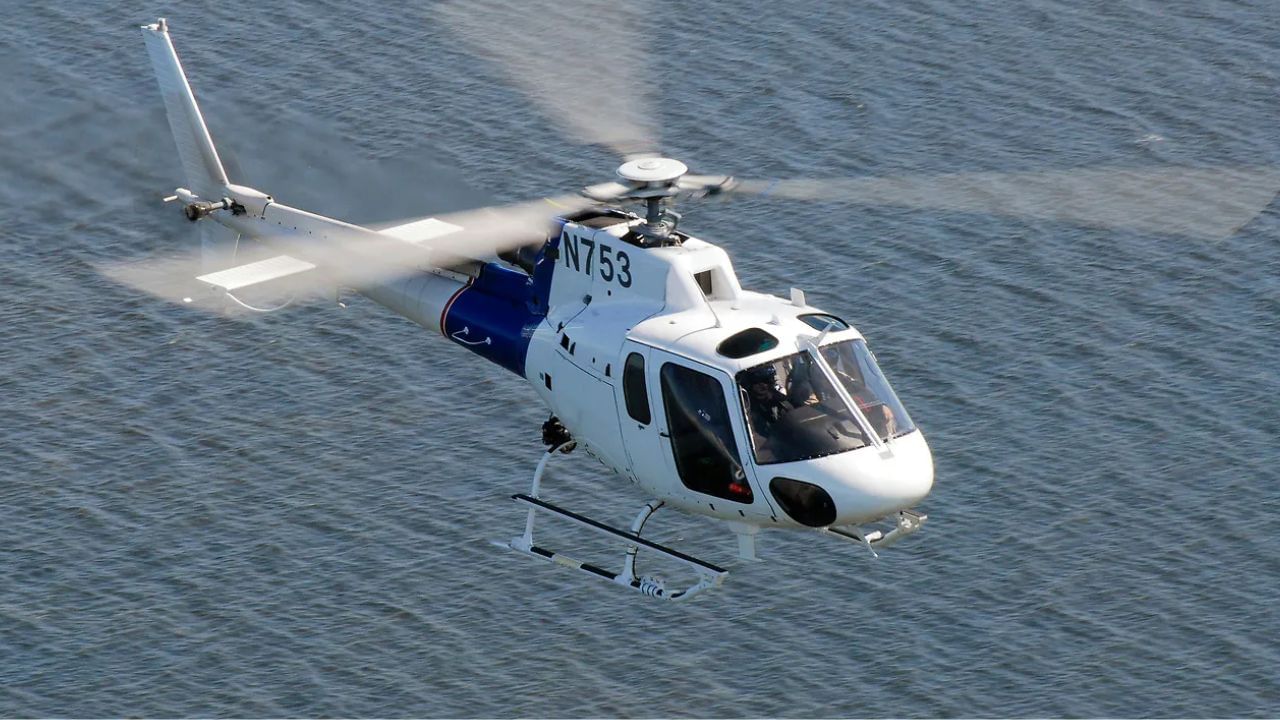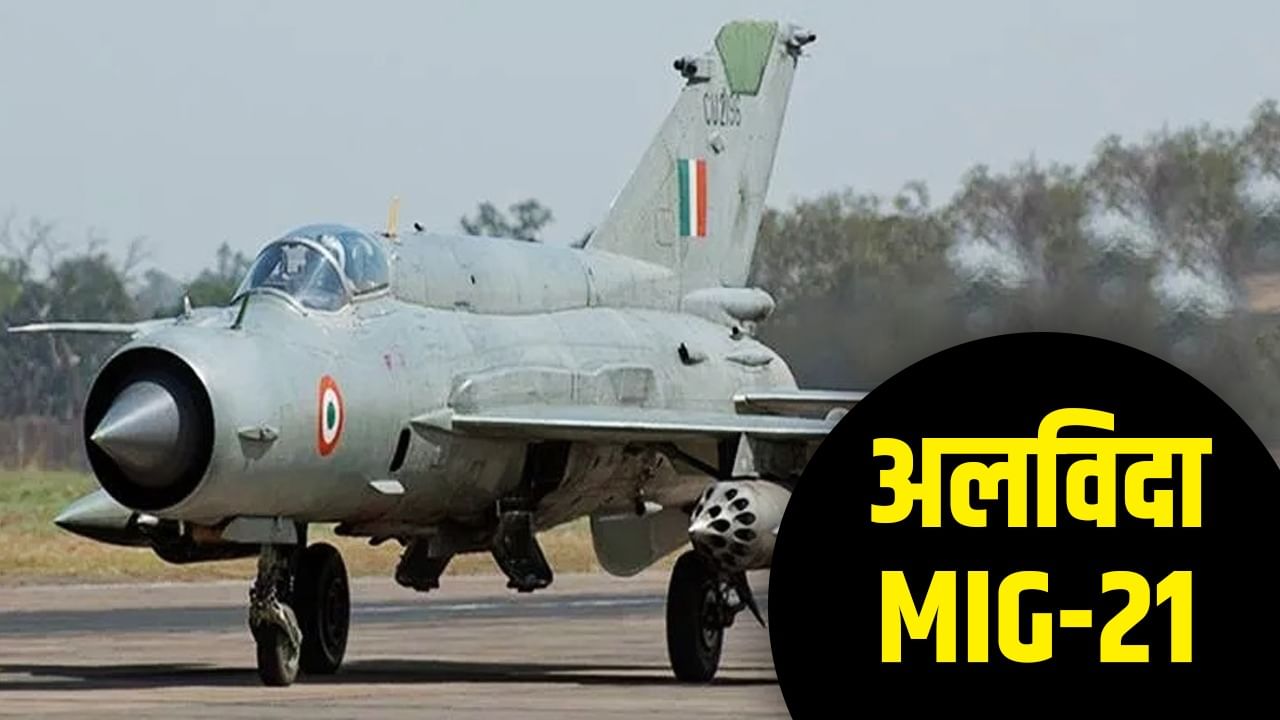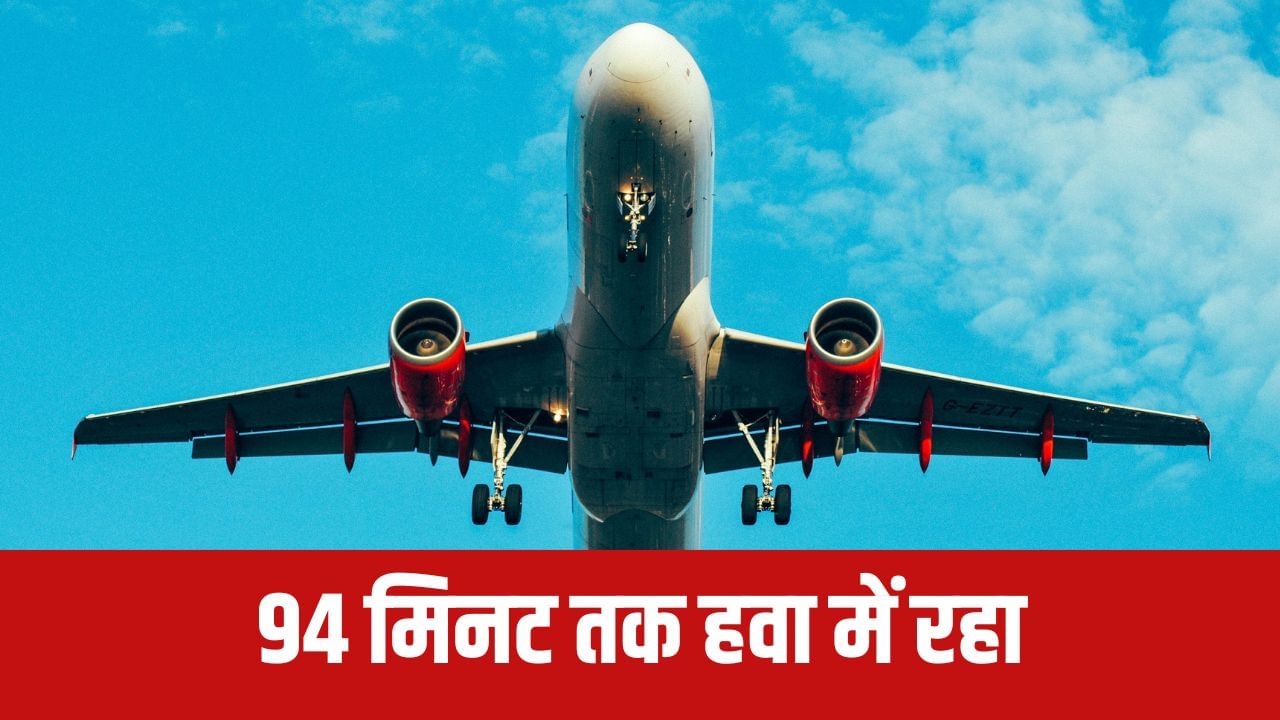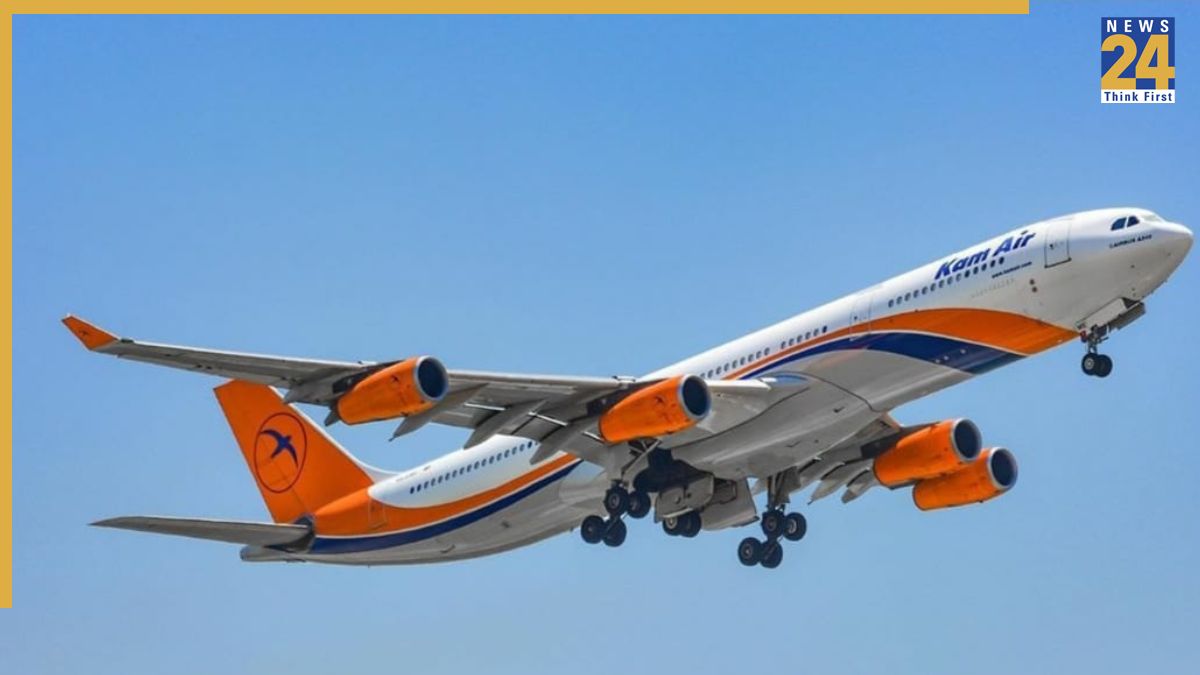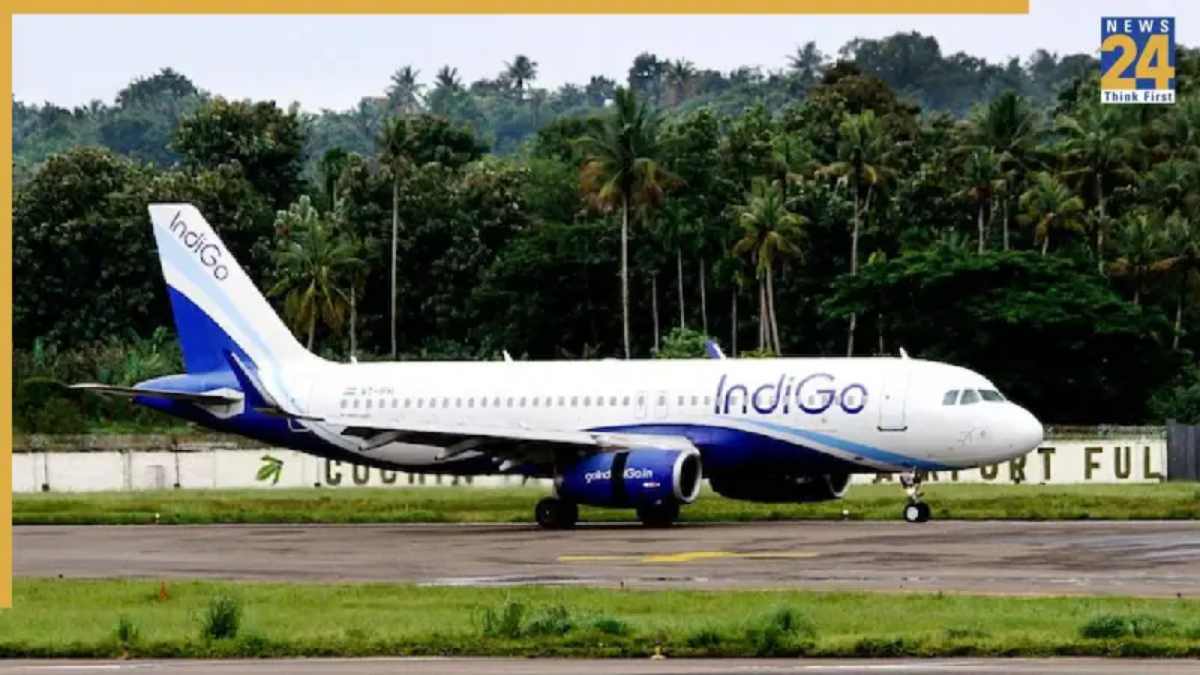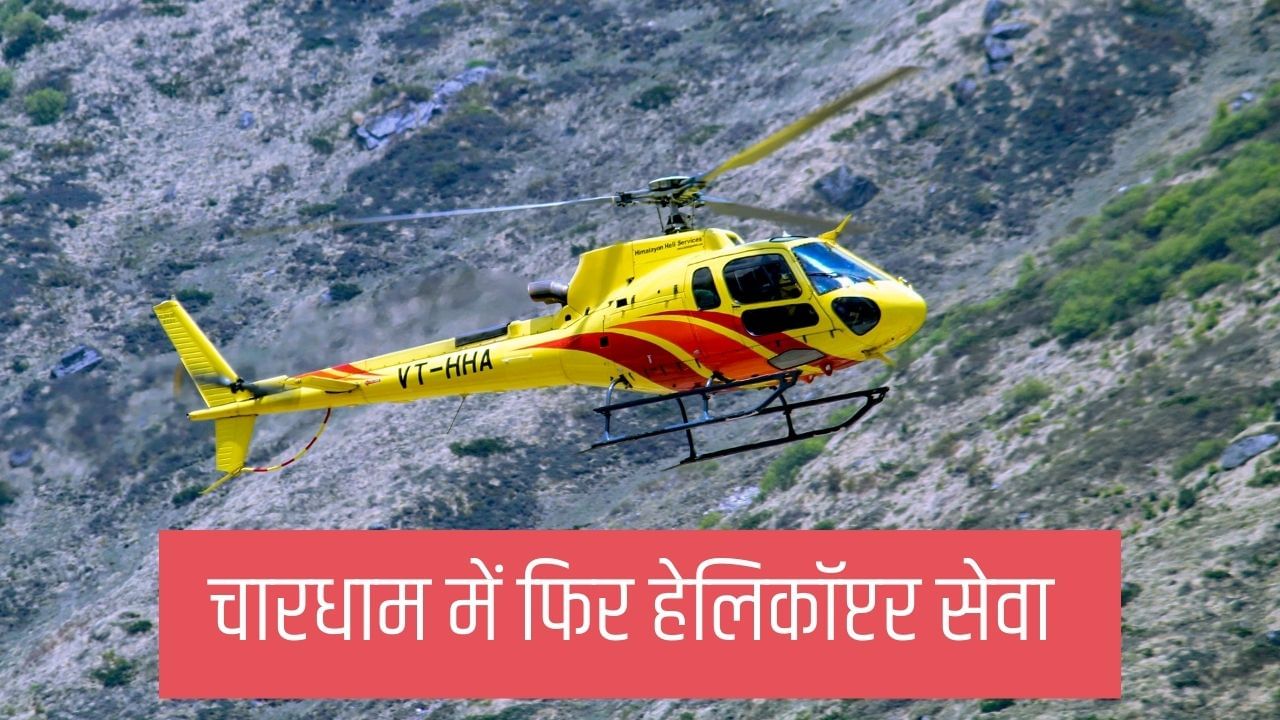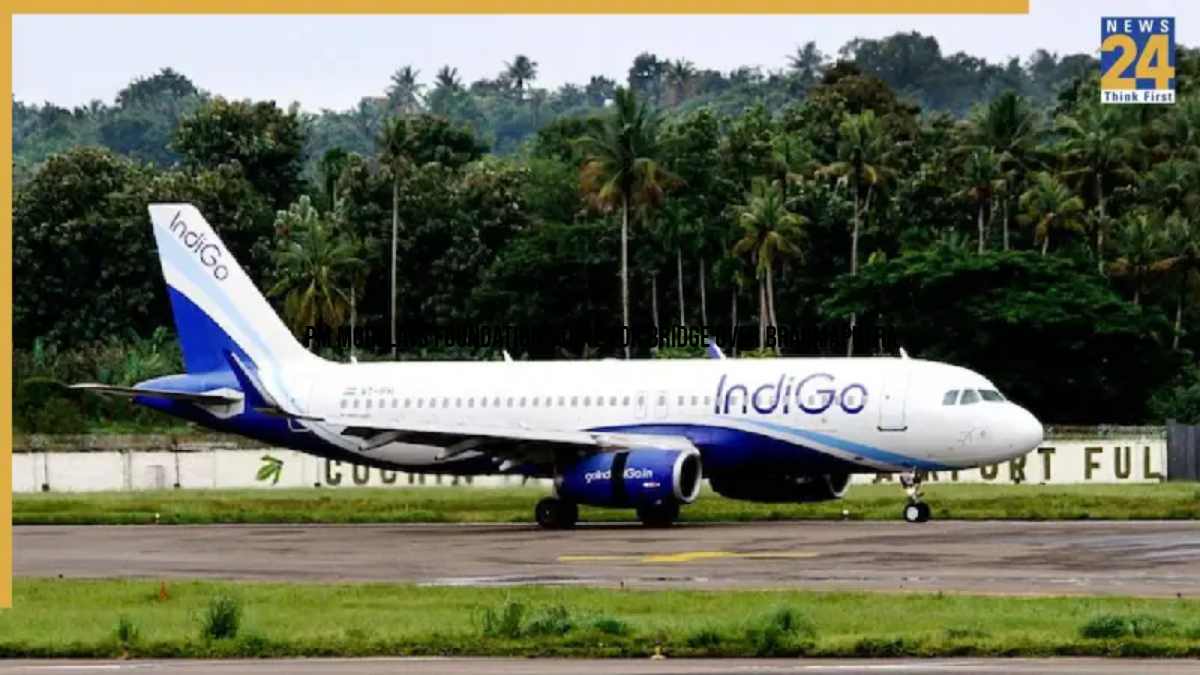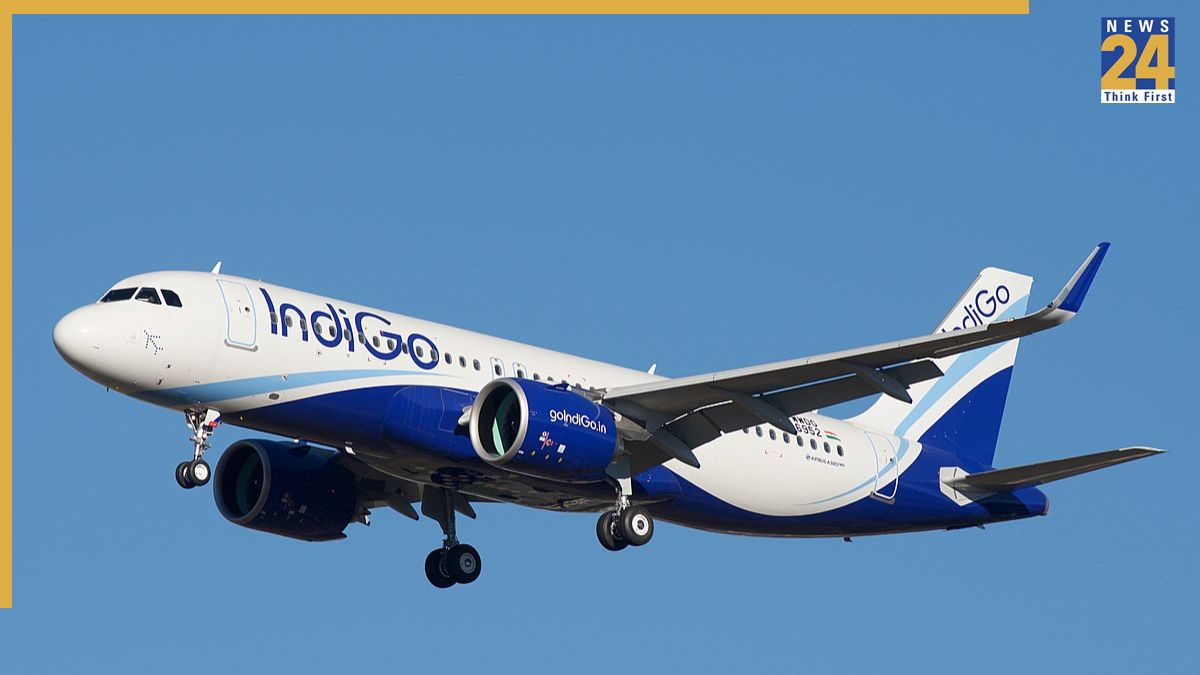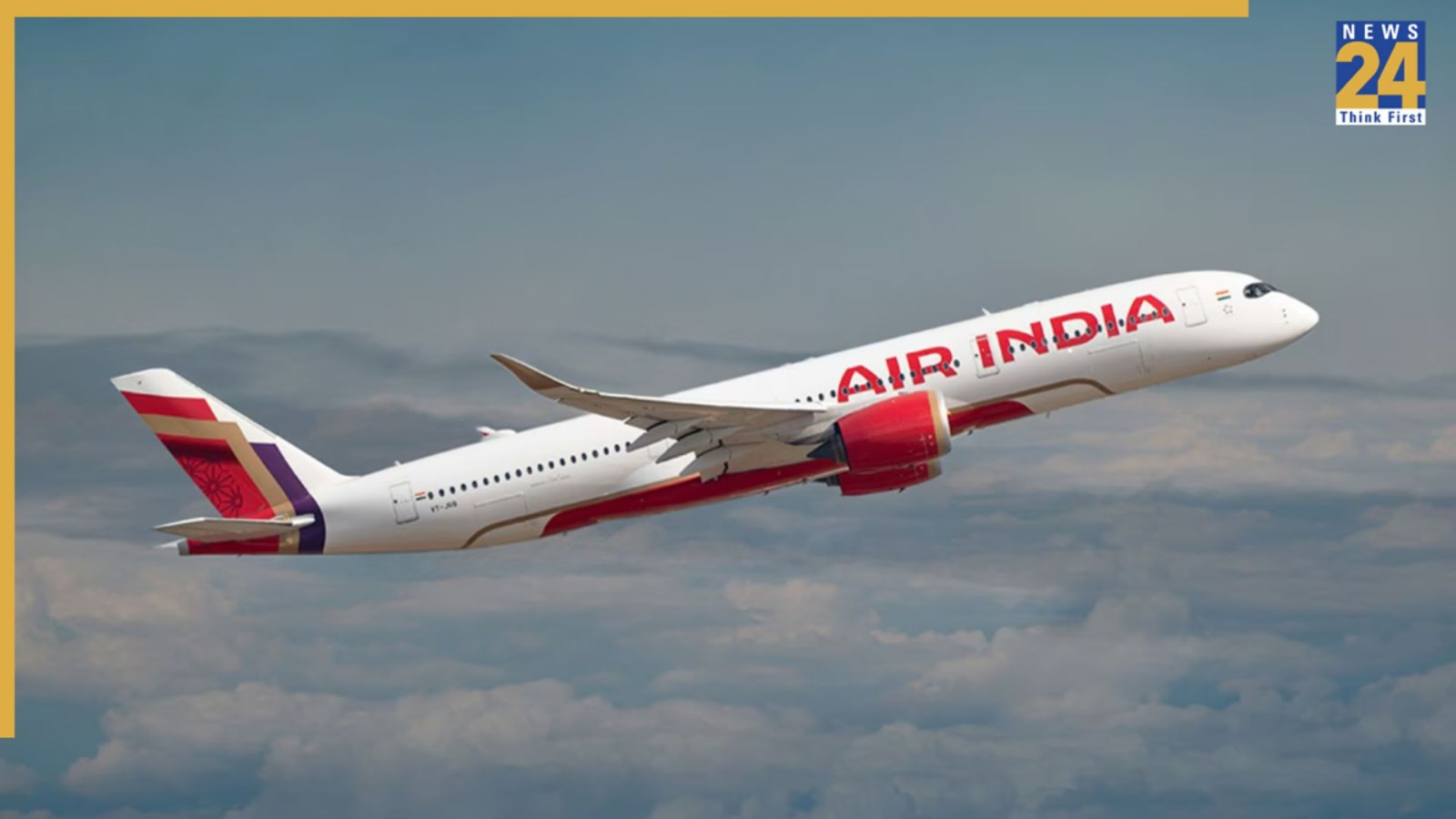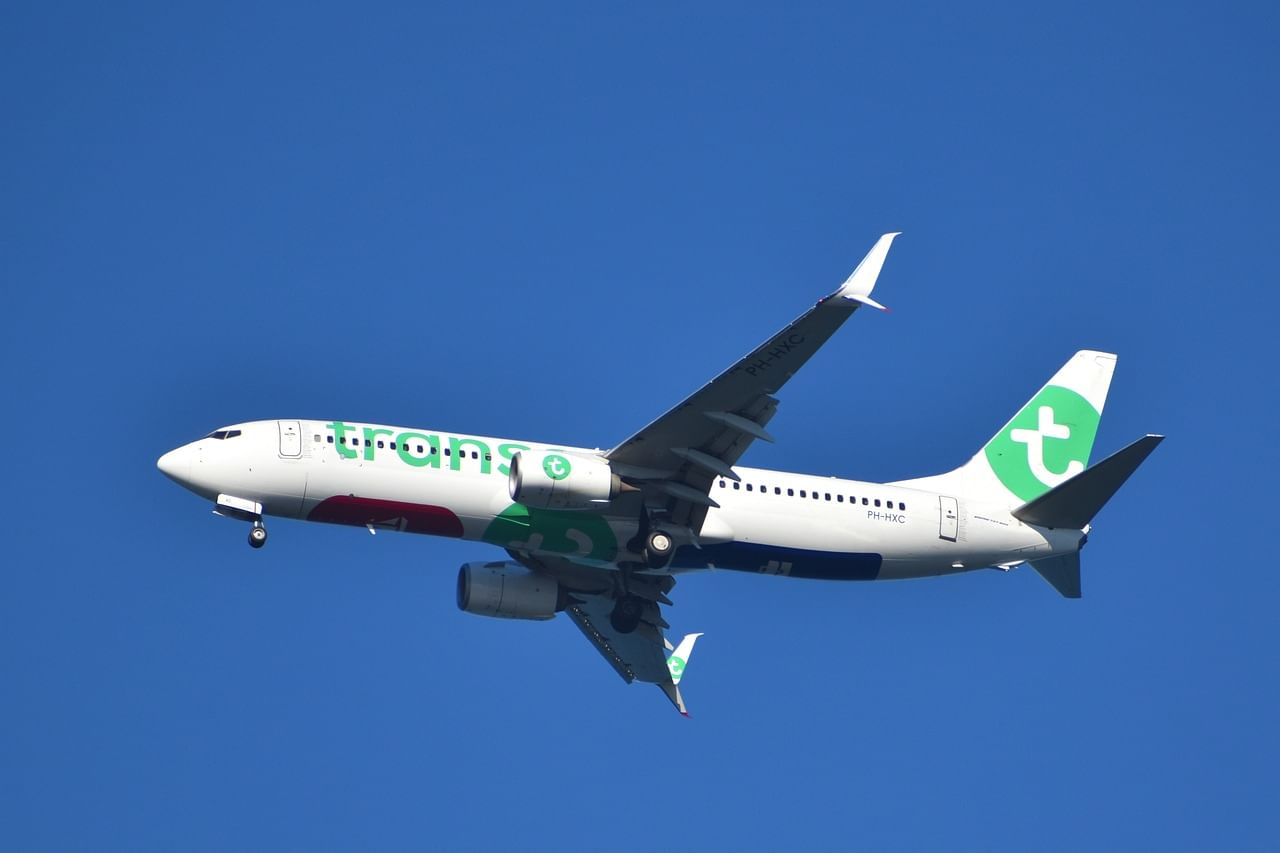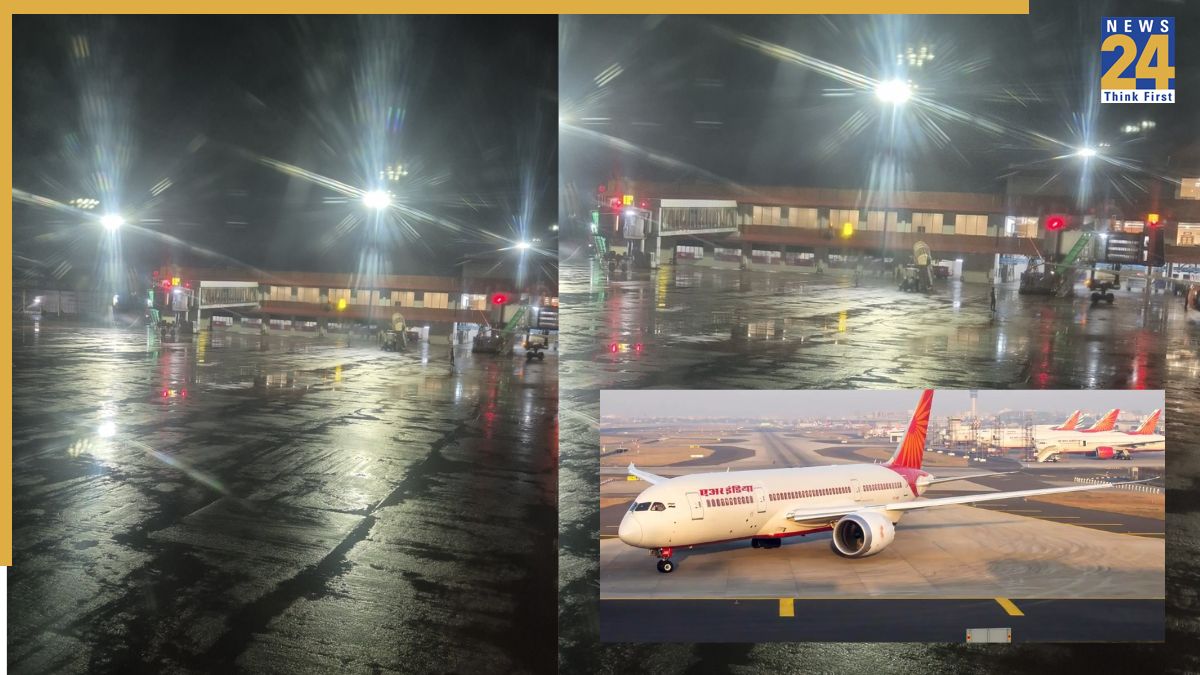Subscribe to Updates
Get the latest creative news from FooBar about art, design and business.
Browsing: aviation
Following discussions, India and China have reached an agreement to resume direct air services between the two countries by late October 2025.…
A single-seater trainer aircraft experienced a runway excursion while landing at Amreli Airport in Gujarat on Sunday afternoon. The trainee pilot aboard…
The Indian Air Force is officially retiring its iconic MiG-21 fighter jets. This marks the end of nearly six decades of service…
A 13-year-old boy from Afghanistan undertook a dangerous journey, astonishing many. He arrived in Delhi from Afghanistan by hiding in the wheel…
A 13-year-old boy undertook an incredibly dangerous journey, stowing away on a flight from Kabul to Delhi. The teen, intending to travel…
An IndiGo aircraft at Kanpur airport experienced a significant delay of three hours due to the unexpected presence of a rat on…
Good News for Char Dham Yatra Pilgrims: Helicopter Services to Resume After DGCA Approval
Following a review meeting led by Minister of Civil Aviation, Kinjarapu Rammohan Naidu, the Directorate General of Civil Aviation (DGCA) has authorized…
When you travel by plane, you’ve likely noticed codes on your tickets, such as DEL-BOM for flights from Delhi to Mumbai. These…
An IndiGo flight traveling from Lucknow to Delhi, carrying 151 passengers, including Samajwadi Party MP Dimple Yadav, experienced an aborted takeoff. The…
Air India Express Expands Network with Direct Flights to Bengaluru from Ahmedabad and Chandigarh
Air India Express has introduced direct flights to Bengaluru from Ahmedabad and Chandigarh, significantly improving connectivity and travel convenience. These new routes…
An IndiGo flight, numbered 6E812, traveling from Nagpur to Kolkata, is suspected to have encountered a bird strike. Authorities are currently working…
An Air India flight, AI2913, en route from Delhi to Indore, was forced to return to Delhi shortly after takeoff due to…
A Dubai-bound IndiGo flight that departed from Surat experienced a technical malfunction on Thursday, necessitating a diversion to Ahmedabad. The flight, which…
The Pakistani government has prolonged its airspace ban on Indian aircraft, with the restrictions now scheduled to remain in effect until September…
Pakistan, seemingly unforgetful of the events of Operation Sindoor, continues to take actions aimed at justifying its stance. Unable to directly contend…
Air India Flight 504, en route from Kochi to Delhi, experienced a harrowing incident when it veered off the runway during an…



